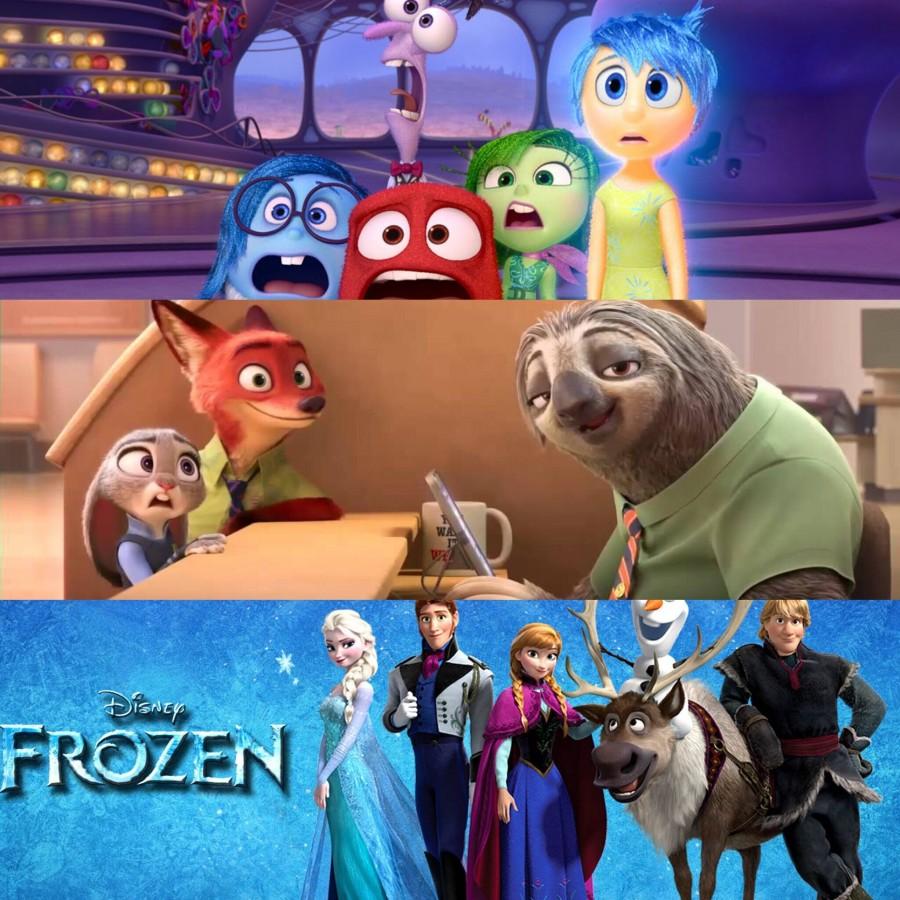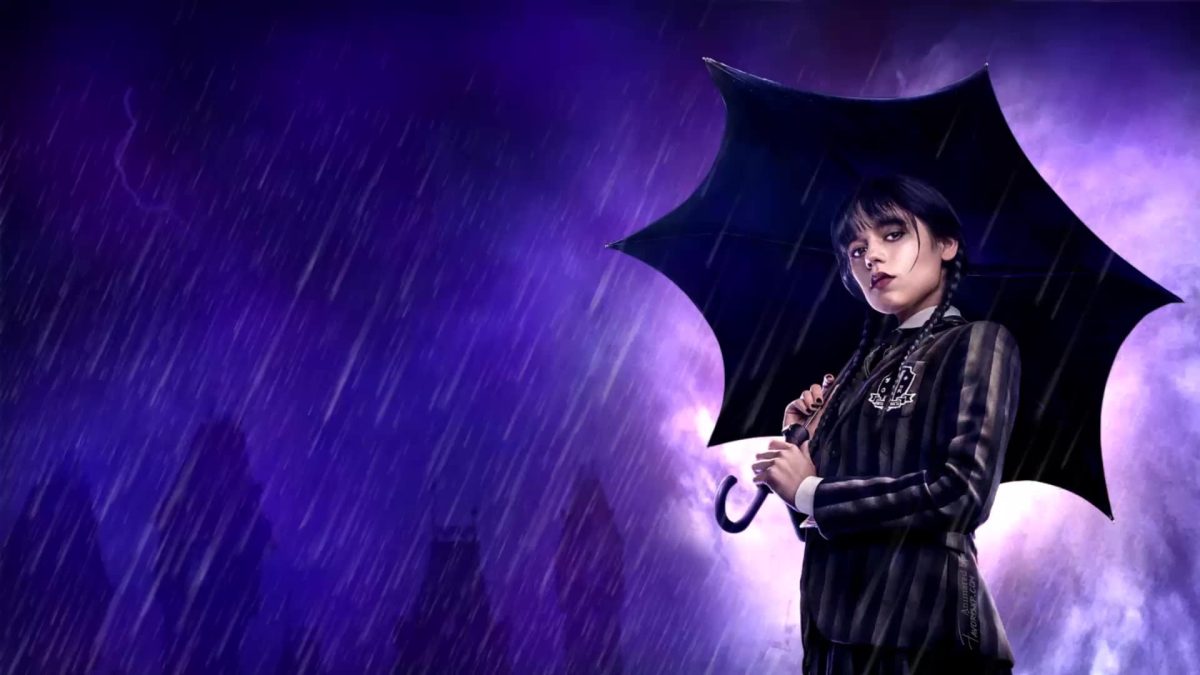Disney on mental illness, feminism, and police brutality
Showcasing their new definition of Disney animated movies, these new characters represent independence and tolerance while journeying through their adventures. Inside Out, Zootopia and Frozen highlight a new era of Disney animated films and inspire Generation Z to see the world through a new lens.
April 6, 2016
Science has proven that children retain the largest amounts of information at a young age, and at age four, children’s minds are more than twice as active as an adult brain. If so, why not implicate morals into this new generation that our current society struggles with? While Disney has always managed to deliver us with enlightening animated movies, they have most recently molded a new era for themselves, creating allegorical stories that reflect our current society. By promoting what some would call political messages, it allows the oncoming youth to become more open-minded and progressive.
Late 2013, our world was overcome with chorused “Let it go!”s and “Do you wanna build a snowman?”s when Frozen hit the big screen. With an eighty-nine percent score on Rotten Tomatoes and making over sixty-seven million dollars the first weekend, Frozen was a force to be reckoned with. This movie was one of the first Disney movies to showcase the true power of sisters. This movie also, in a time where feminism has become a household term, allows girls and boys to know a girl’s worth and independence. As Anna and Elsa showcase their long-delayed sisterly bond, they discover how powerful it truly is. While this is not the first Disney movie to highlight girl power, this movie is very centralized on the concept in comparison to other Disney animated films and was timed perfectly, coming out right as feminism began to really kick-start its way into today’s society.
If you watched the most recent Academy Awards, you may have seen this animated film pick up an award for Best Animated Feature Film. Inside Out came out June of 2015 and has covered something most people today have a vague concept of: mental illness. It is evident that in today’s society many people have a loose grasp on what a mental illness truly is, many people misusing terms like ‘OCD’ or ‘depressed’ as emotions rather than diagnosed illnesses. This movie highlights the five main emotions: happiness, sadness, anger, disgust and fear. Many kids see happiness as a good emotion and all of the others as bad, even main character Joy expresses her confusion on the beneficence of the other four emotions, especially sadness. Viewers later learn that each emotion has a purpose: anger allows us to be assertive, fear keeps us from doing hazardous actions, disgust prevents us from being submissive, and sadness allows us to better distinguish our ‘highs’ and ‘lows’. This movie allows children and adults to tap into their emotions, and therefore develop a better differentiation between feelings and illnesses.
Viewers were recently graced by new animated film Zootopia, a film scoring an impressive ninety-nine percent review on Rotten Tomatoes. Police brutality could be considered to be one of the main problems in America today. This film touches on it from a policeman, or rather a police bunny’s, point-of-view. It points out the prejudice that takes place upon the predators by the government, Officer Hopps receiving harassment for being a bunny policeman and Mr. Fox being bullied by other animals for being perceived as sneaky and disloyal. This movie shows that policemen are not the enemies and the reasoning behind this prejudice, but rather our humanly instinct to judge others is.
Whether kids understand the connection between what is seen happening to Elsa, Joy and Officer Hopps and what is happening in society today, these movies place concepts into a child’s mind that allow them to see the world with a ‘cosmopolitan lens’, and with that, we thank Disney.












